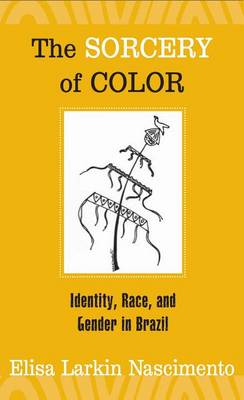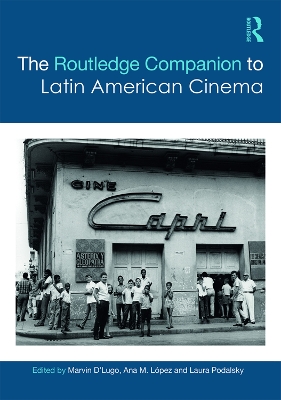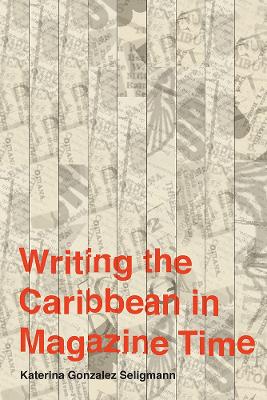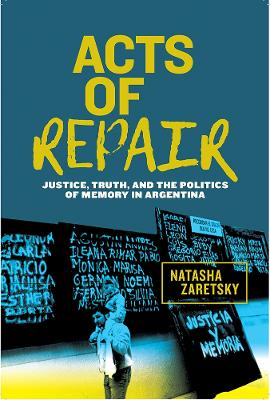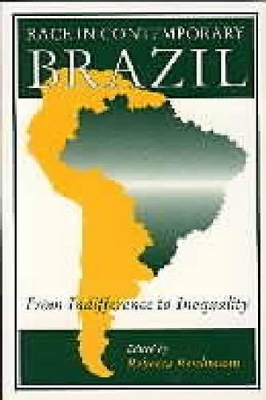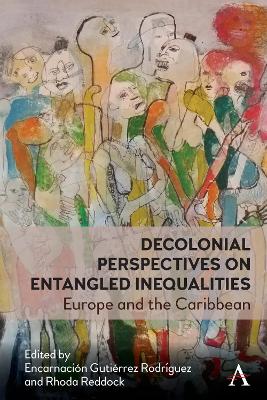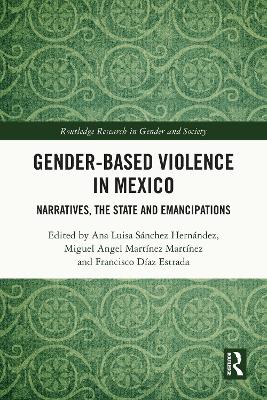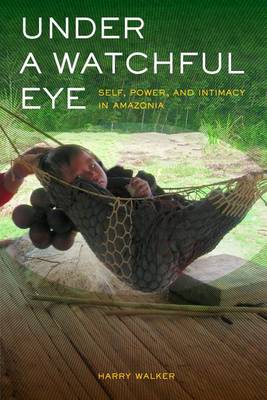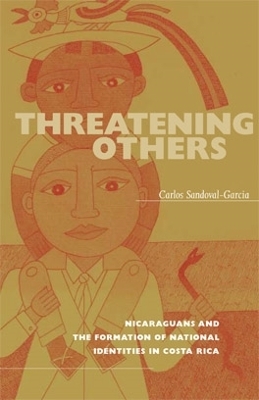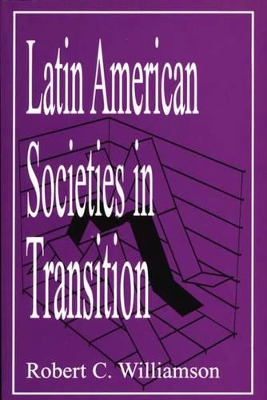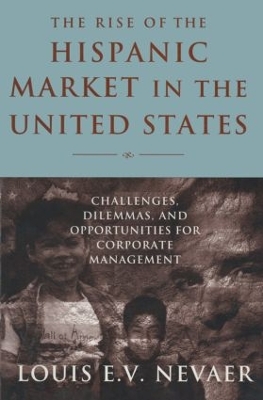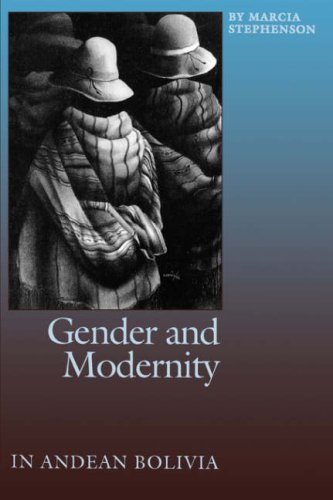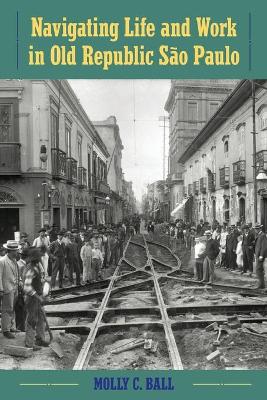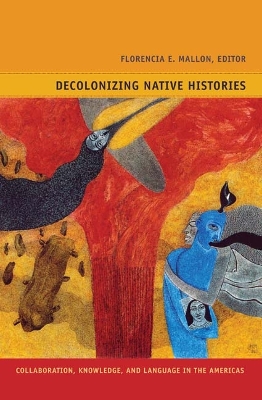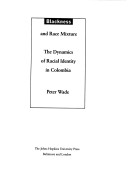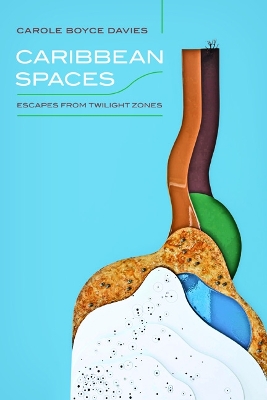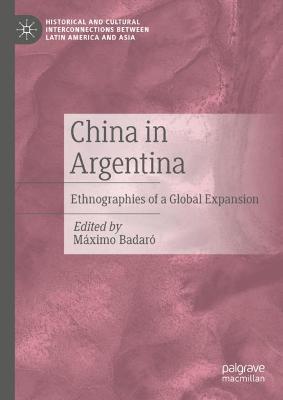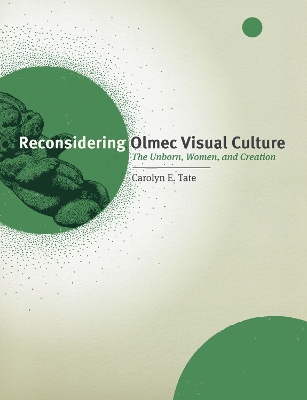The Xavante in Transition (Human-Environment Interactions)
by Carlos E.A. Coimbra and etc.
The Xavánte in Transition presents a diachronic view of the long and complex interaction between the Xavánte, an indigenous people of the Brazilian Amazon, and the surrounding nation, documenting the effects of this interaction on Xavánte health, ecology, and biology. A powerful example of how a small-scale society, buffeted by political and economic forces at the national level and beyond, attempts to cope with changing conditions, this study will be important reading for demographers, economis...
Indigenous Development in the Andes
by Robert Andolina, Nina Laurie, and Sarah A. Radcliffe
As indigenous peoples in Latin America have achieved greater prominence and power, international agencies have attempted to incorporate the agendas of indigenous movements into development policymaking and project implementation. Transnational networks and policies centered on ethnically aware development paradigms have emerged with the goal of supporting indigenous cultures while enabling indigenous peoples to access the ostensible benefits of economic globalization and institutionalized partic...
An examination of how racial and gender hierarchies are intertwined in Brazil
The Routledge Companion to Latin American Cinema (Routledge Media and Cultural Studies Companions)
The Routledge Companion to Latin American Cinema is the most comprehensive survey of Latin American cinemas available in a single volume. While highlighting state-of-the-field research, essays also offer readers a cohesive overview of multiple facets of filmmaking in the region, from the production system and aesthetic tendencies, to the nature of circulation and reception. The volume recognizes the recent "new cinemas" in Argentina, Brazil, Chile, and Mexico, and, at the same time, provides a m...
Writing the Caribbean in Magazine Time (Critical Caribbean Studies)
by Katerina Gonzalez Seligmann
This book explores how young Cuban filmmakers have expanded the range of sexual subjectivities on screen. It analyzes cine joven (films made by young directors) from the late 1980s to the early 2020s, film reviews, articles, and materials from the Cinematheque of Cuba's archive to illustrate the confluence of sexuality, cinema, and discourses of youth. While sexual and cinematic cultures have their own unique relation to the public sphere, state institutions, and transnational flows, this book e...
Acts of Repair (Genocide, Political Violence, Human Rights)
by Natasha Zaretsky
Race in Contemporary Brazil
Brazil’s traditionally agrarian economy, based initially on slave labor and later on rural labor and tenancy arrangements, established inequalities that have not diminished even with industrial development and urban growth. While fertility and infant mortality rates have dropped significantly and life expectancy has increased during the past thirty years, the gaps in mortality between rich and poor have remained constant. And among the poor of different races, including the 45 percent of Brazil’...
Decolonial Perspectives on Entangled Inequalities (Anthem Studies in Decoloniality and Migration)
Gender-Based Violence in Mexico
This book examines the roots of systemic aggression against women in contemporary Mexico, and the connection between social practices and the institutional permissiveness of the Mexican State with regard to gendered violence. Since the democratic transition at the end of the 1990s, Mexico has registered an increase in the intensity and types of violence that have made life in some regions almost unsustainable. The chapters in this volume consider that capitalism, colonialism and patriarchy are...
Under a Watchful Eye (Ethnographic Studies in Subjectivity, #9) (Ethnographic Studies in Subjectivity Vol.9)
by Harry Walker
What does it mean to be accompanied? How can autonomy and a sense of self emerge through one's involvement with others? This book examines the formation of self among the Urarina, an Amazonian people of lowland Peru. Based on detailed ethnography, the analysis highlights the role of intimate but asymmetrical attachments and dependencies which begin in the womb, but can extend beyond human society to include a variety of animals, plants, spirits and material objects. It thereby raises fundamental...
Threatening Others (Research in International Studies, Latin America)
by Carlos Sandoval-Garcia
During the last two decades, a decline in public investment has undermined some of the national values and institutions of Costa Rica. The resulting sense of dislocation and loss is usually projected onto Nicaraguan “immigrants.” Threatening Others: Nicaraguans and the Formation of National Identities in Costa Rica explores the representation of the Nicaraguan “other” in the Costa Rican imagery. It also seeks to address more generally why the sense of national belonging constitutes a crucial ide...
This is an examination of the social structures that shape Latin American societies. Knowledge of demography, rural and urban life, and ethnic and status relationships is critical for understanding the political and economic fabric of those societies. Although the author draws on materials from all the social sciences, the primary frame of reference is sociological. The book presents, in an organized form, the findings from an ever-growing number of studies about Latin American society. The boo...
Women in Mexican Folk Art (Iberian and Latin American Studies)
by Eli Bartra
The aim of this book is to engender Mexican folk art and locate women at its centre by studying the processes of creation, distribution, and consumption, as well as examining iconographic aspects, and elements of class and ethnicity, from the perspective of gender.
The Rise of the Hispanic Market in the United States
by Louis E. V. Nevaer
Not only are Hispanics the largest minority group in the United States, but Mexico is fast becoming our major trading partner, surpassing even Japan. In fact, the U.S. now has the fourth largest Spanish-speaking population in the world, after Mexico, Spain, and Argentina. How has this demographic group transformed the U.S. into a bi-lingual nation within the span of a generation? Why do Hispanics resist assimilation and insist on speaking Spanish in public life? And how can businesses effectivel...
A collection of papers which analyse how the interlocking tropes of fashion, motherhood, domestication, hygiene, and hunger are used as tools for the production of dominant, racialized ideologies of womanhood.
This volume examines the experiences of São Paulo's working class during Brazil's Old Republic (1891–1930), showing how individuals and families adapted to forces and events such as urbanization, discrimination, migration, and World War I. In this unique study, Ball combines social and economic methods to present a robust historical analysis of everyday life along racial, ethnic, national, and gender lines.Drawing from both statistical data and primary sources such as letters, newspapers, and in...
Decolonizing Native Histories (Narrating Native Histories)
by Florencia E Mallon
Decolonizing Native Histories is an interdisciplinary collection that grapples with the racial and ethnic politics of knowledge production and indigenous activism in the Americas. It analyzes the relationship of language to power and empowerment, and advocates for collaborations between community members, scholars, and activists that prioritize the rights of Native peoples to decide how their knowledge is used. The contributors—academics and activists, indigenous and nonindigenous, from discipli...
Blackness and Race Mixture (Johns Hopkins Studies in Atlantic History and Culture)
by Peter Wade
The idea of "racial democracy" in Latin American populations has traditionally assumed that class is a more significant factor than race. But, despite the emergence of a "mesitizo" class - people who are culturally and racially mixed in the broadest sense - there remains a complex discrimination against blacks. To explain this phenomenon, Peter Wade focuses on the black population of the Choco province in Colombia - an area where the typical Latin American ambiguity surrounding racial identity i...
This ethnology follows the lives of the Canela Indians of Barra do Corda, Maranhao, Brazil from 1890s to the present. Based on more than five collective years of fieldwork since 1957, it relates how this surviving nation of the Timbira group has retained its traditional culture, including an elaborate bonding system of kinship, ritual, meetings, complex festivals and sex. This case study challenges western conceptions of socialization for sex as well as adult sexual behaviour. Features: * Provi...
Drawing on both personal experience and critical theory, Carole Boyce Davies illuminates the dynamic complexity of Caribbean culture and traces its migratory patterns throughout the Americas. Both a memoir and a scholarly study, Caribbean Spaces: Escapes from Twilight Zones explores the multivalent meanings of Caribbean space and community in a cross-cultural and transdisciplinary perspective. From her childhood in Trinidad and Tobago to life and work in communities and universities in Nigeria,...
China in Argentina (Historical and Cultural Interconnections between Latin America and Asia)
This is the first book to shed light on the growing presence, influence and expansion of China in the daily life of Argentina. While most previous academic studies focus on the geopolitical and macroeconomics dimensions of the relations between Argentina and China, this book shows at a micro-social level the multiple facets of the economic, political and social influence of China in Argentina. The book presents ethnographic studies of encounters of actors and negotiation of identities from Argen...
Recently, scholars of Olmec visual culture have identified symbols for umbilical cords, bundles, and cave-wombs, as well as a significant number of women portrayed on monuments and as figurines. In this groundbreaking study, Carolyn Tate demonstrates that these subjects were part of a major emphasis on gestational imagery in Formative Period Mesoamerica. In Reconsidering Olmec Visual Culture, she identifies the presence of women, human embryos, and fetuses in monuments and portable objects datin...


